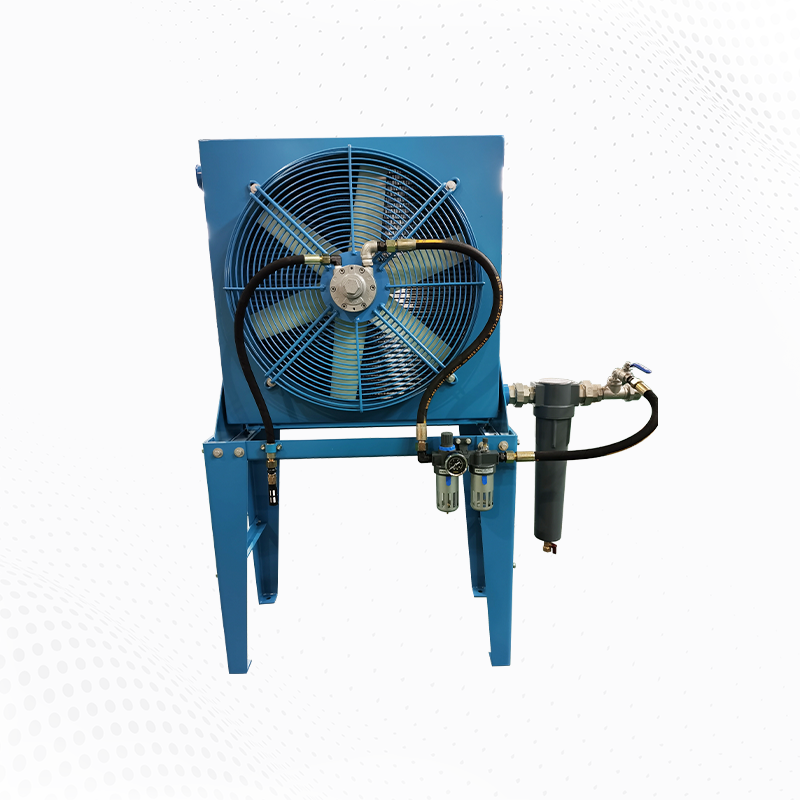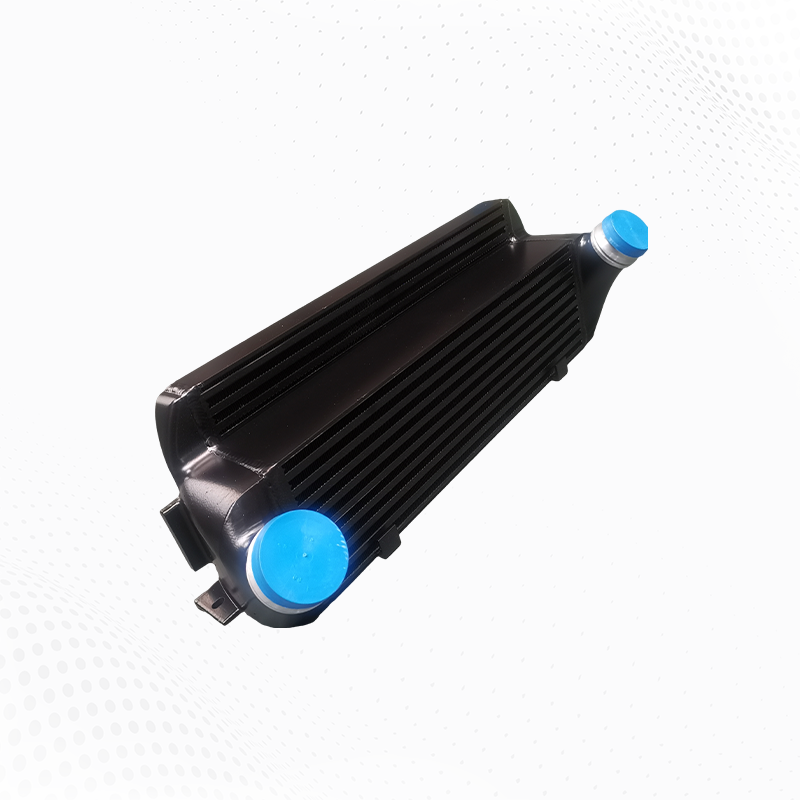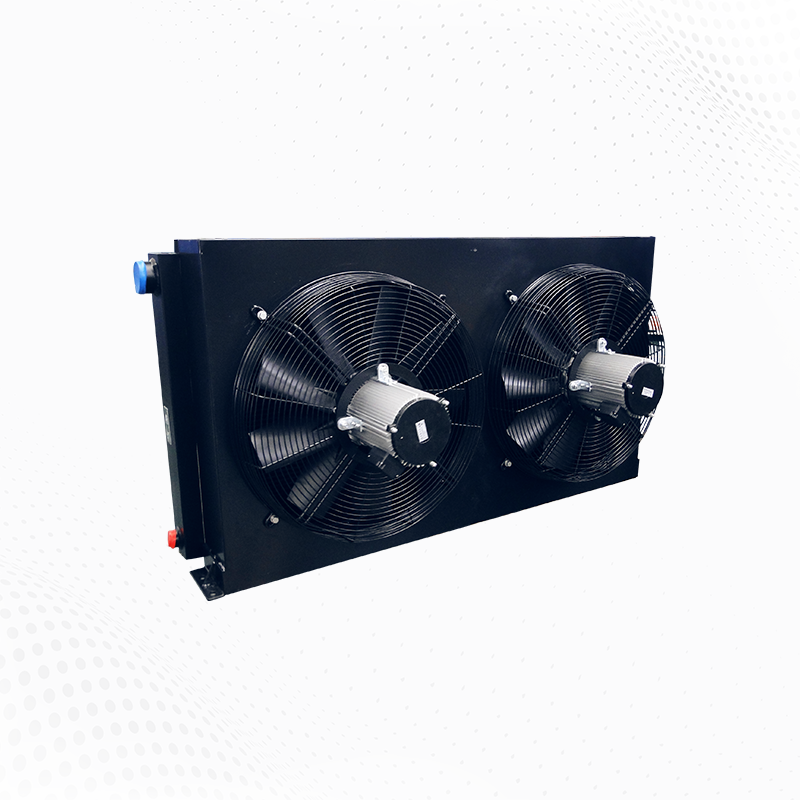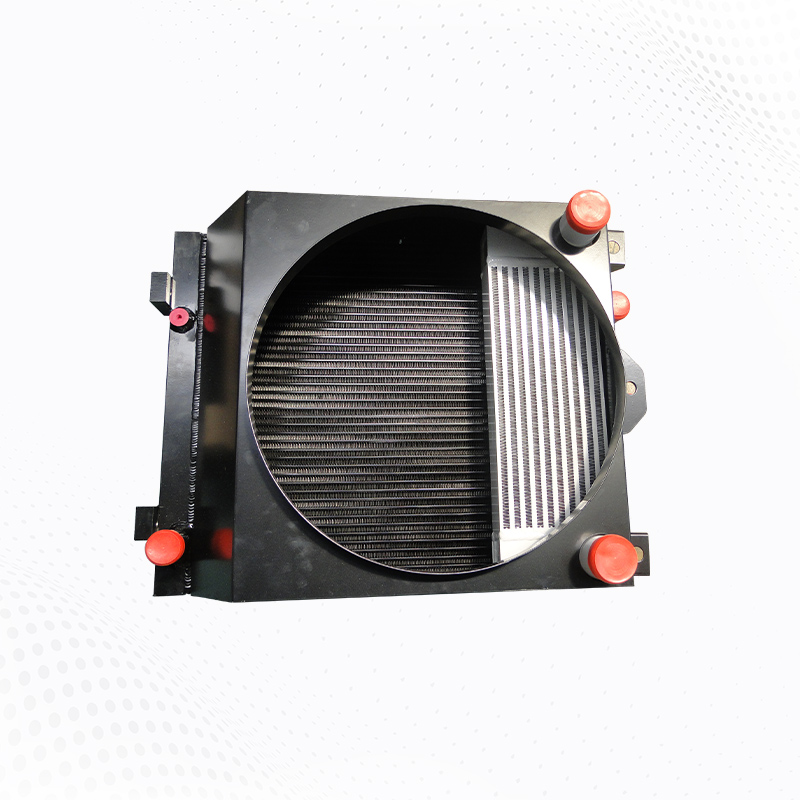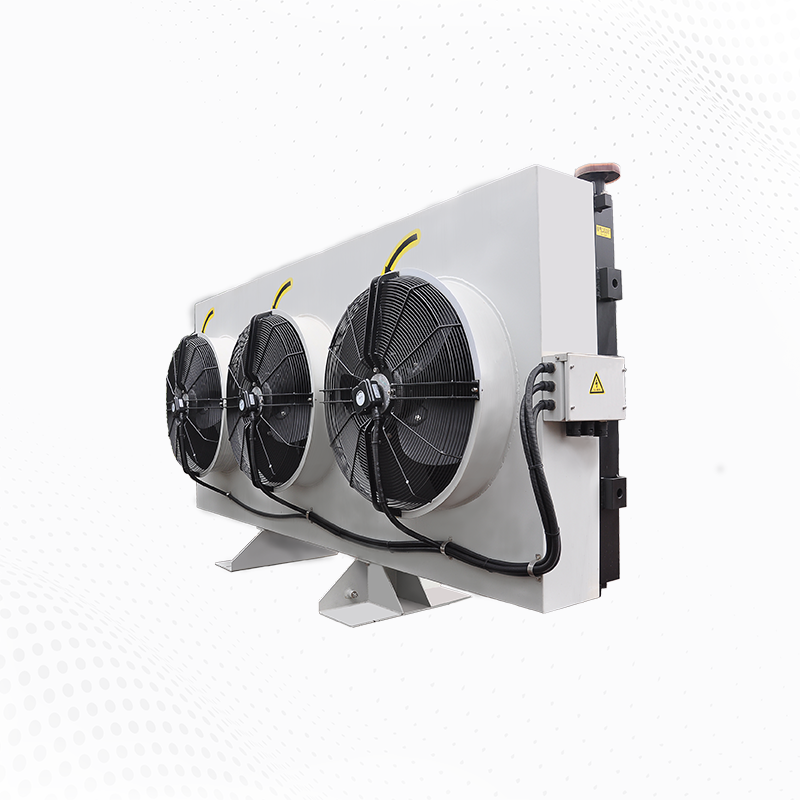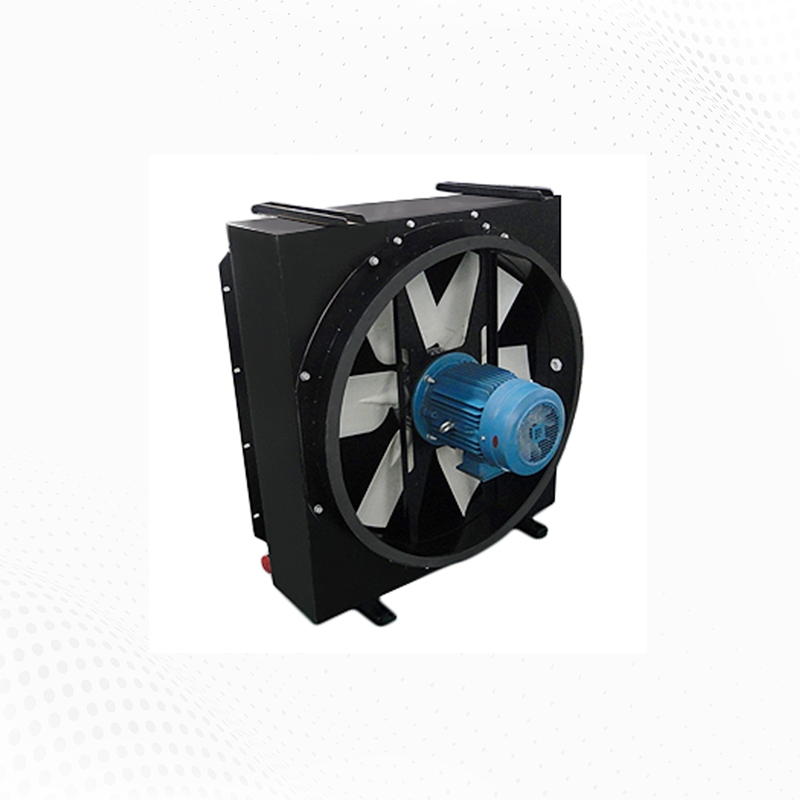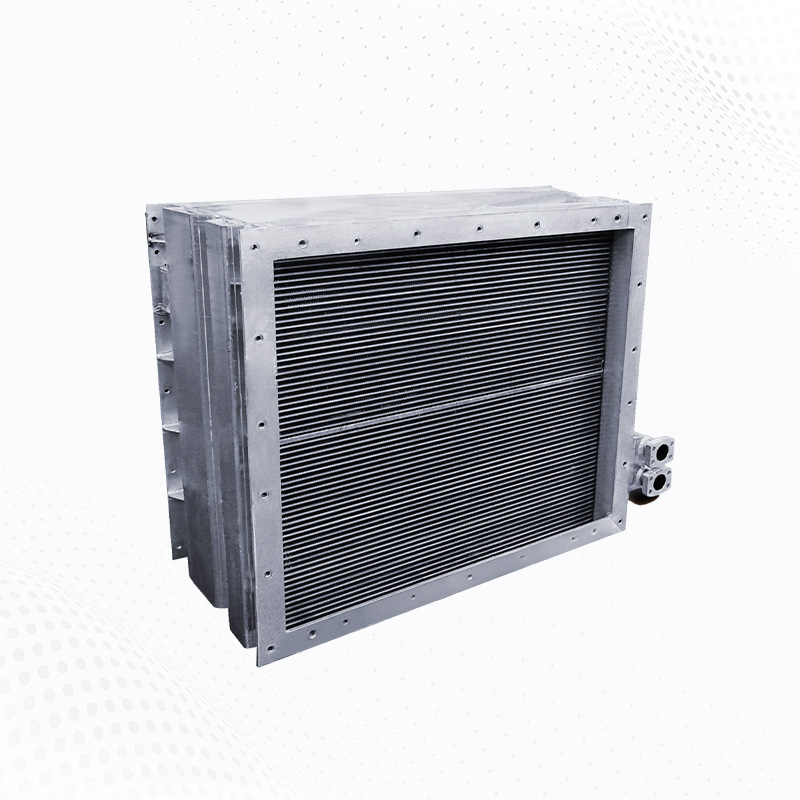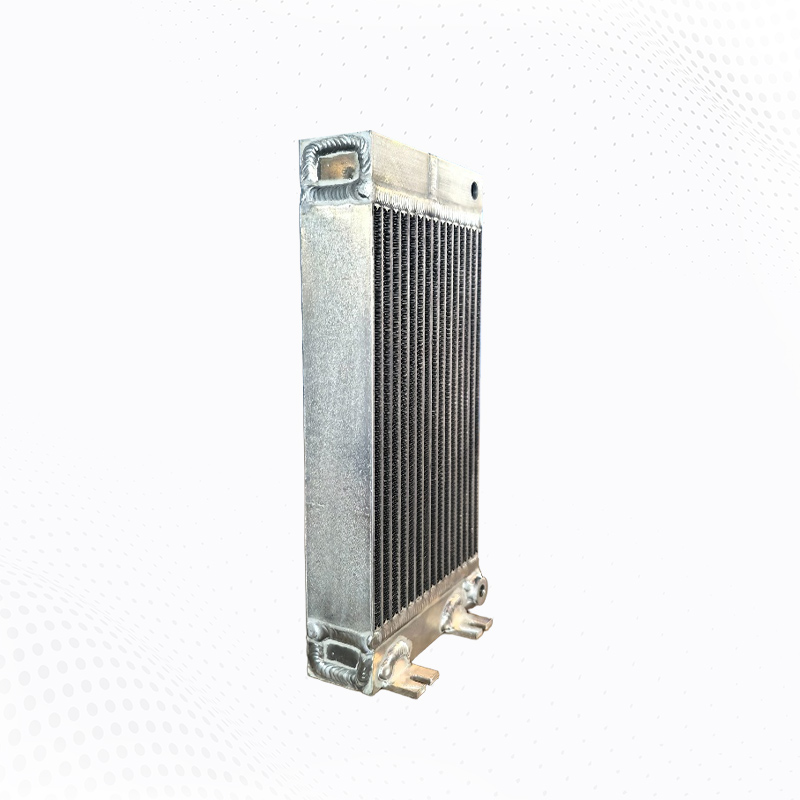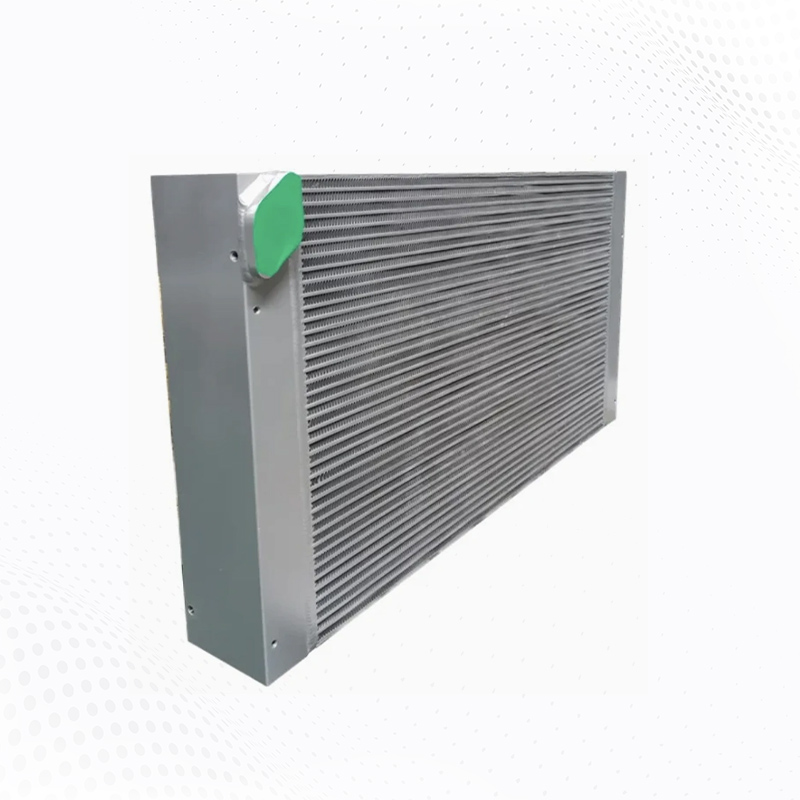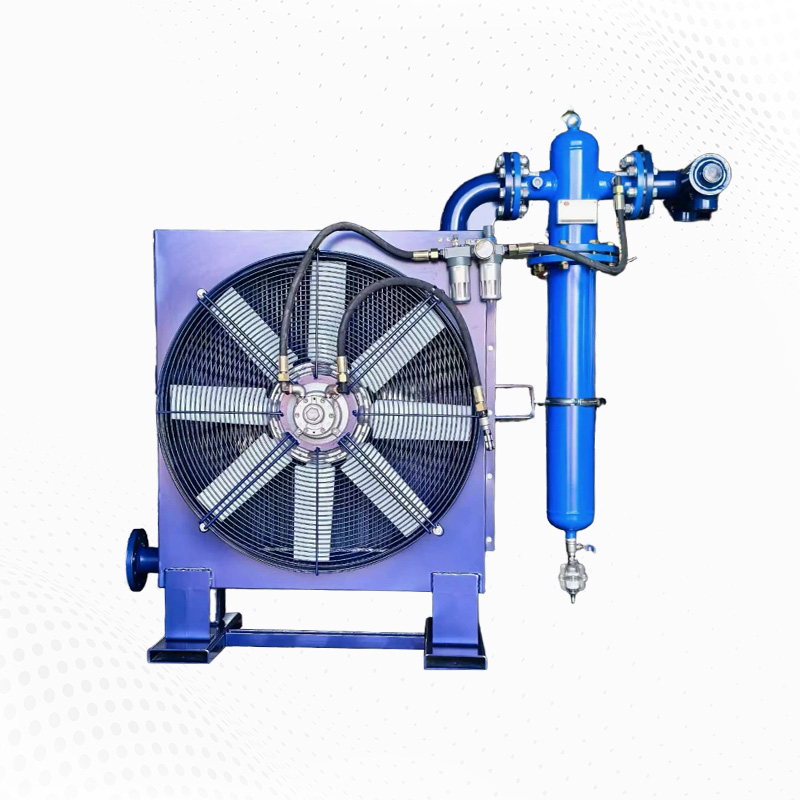Aluminum plate fin cooler secrets every truck owner should know
As an engineer at Wuxi Yuda, I bring hands-on experience and practical tips about the aluminum plate fin cooler that many truck owners rely on. This guide explains selection, installation, maintenance, and troubleshooting in clear, usable steps so you can avoid common pitfalls and get the longest life from your cooling system.
Why it matters
The aluminum plate fin cooler is an efficient, lightweight solution for heat rejection in heavy vehicles. Compared with older designs, an aluminum plate fin cooler delivers better thermal performance per kilogram, and it stands up well to the corrosive environments trucks often encounter. For fleets, that adds up to fewer repairs and more predictable uptime.
How it works — simple explanation
At its core, the aluminum plate fin cooler uses thin plates and closely spaced fins to multiply surface area. Fluid passes through channels formed by the plates while air flows across the fins. This combination gives the unit a high heat-transfer coefficient with minimal added weight, a major advantage for trucks where every kilo matters.
Choosing the right unit
When selecting an aluminum plate fin cooler, think in terms of duty cycle and environment. Match the cooler’s capacity to your engine or gearbox heat load. Pay attention to core construction: brazed cores with quality alloy make the aluminum plate fin cooler more durable. Also consider the unit’s frontal area — larger cores cool better but require more mounting space.
Installation best practices
Proper installation prevents the majority of field failures. Secure the aluminum plate fin cooler on vibration-damping mounts, route hoses to avoid sharp bends, and ensure airflow is not blocked by panels or pipes. Leave sufficient clearance for periodic cleaning and inspection so maintenance crews can service the cooler without removing major components.
Maintenance that matters
Simple maintenance extends service life. Inspect fins weekly in dusty operations, flush the core annually, and test for internal leaks using pressure decay methods. Using compatible coolant and avoiding mixing dissimilar metals in the circuit prevents galvanic corrosion that can ruin an aluminum plate fin cooler.
Common problems and fixes
Two frequent issues are fin clogging and mechanical fatigue. Clogged fins reduce heat transfer; fix them with gentle air or water cleaning and use protective screens to reduce re-clogging. Mechanical fatigue often stems from poor mounting. Replacing rigid clamps with isolation mounts protects the core of your aluminum plate fin cooler.
Performance tuning
Optimizing flow rates and airflow yields noticeable benefits. Increase coolant flow within pump limits to lower temperature delta, or add ducting to improve air delivery in low-speed conditions. When upgrading to a higher-capacity aluminum plate fin cooler, re-evaluate pump curves and fan control strategies to maintain system balance.
Material and corrosion tips
Choose alloys and coatings that resist road salt and acidic aerosols. Anodized finishes or protective paints help, as do sacrificial anodes in coastal operations. Proper coolant chemistry is essential — maintain pH and inhibitor levels to protect the aluminum plate fin cooler from internal corrosion.
Retrofitting and upgrades
If you retrofit an older truck, confirm space, flow, and mounting points. Many owners find performance gains by replacing a heavy, old-style cooler with a modern aluminum plate fin cooler. The lighter weight and improved heat rejection often lead to fuel savings and reduced axle loading.
Real-world maintenance checklist
Monthly: Visual inspection of fins and mounts on any aluminum plate fin cooler.
Every 6 months: Pressure test and flush core if contaminants are present.
Annual: Replace seals and verify coolant chemistry to protect the aluminum plate fin cooler.
When to replace the unit
Replace your aluminum plate fin cooler when internal corrosion reduces flow, when repairs become frequent, or when fins are irreparably bent. Upgrading to a newer core design can restore cooling capacity and reduce running costs.
Tools and spare parts every owner should carry
When you travel long distances, a small kit of tools and spare parts can make a big difference. Carry basic hand tools such as wrenches, pliers, and hose clamps, plus a compact pressure gauge and coolant test strips to check system health. A small supply of sealant, spare O-rings, and flexible hoses helps you perform temporary repairs that keep vehicles moving to the next service point. Spare fasteners and a roll of anti-vibration tape are inexpensive yet effective at preventing minor issues from becoming major failures. Training a driver or technician to do quick inspections can save a repair shop visit and hours of downtime.
Long-term planning
Consider the long-term service plan when you buy cooling equipment. A well-documented maintenance history helps technicians make accurate decisions and can extend component life. Establish a parts reorder schedule and track performance metrics such as inlet and outlet temperatures, pressure drop, and maintenance intervals. Using these KPIs, you can evaluate whether operational changes or route adjustments will reduce thermal stress on the cooling system. Training drivers and maintenance staff on simple checks creates early alerts that prevent serious failures.
Regular audits and seasonal checks — especially before hot summers or cold winters — will align your maintenance with the calendar and operational demands. Keep spare parts lists current and maintain trusted supplier relationships to avoid long lead times for replacement parts.
Why Wuxi Yuda recommendations matter
At Wuxi Yuda we design coolers that meet heavy-duty standards. Our field data shows properly engineered aluminum plate fin cooler units can reduce operating temperature variance and extend component life. Trust units designed by engineers who understand truck duty cycles.
Final thoughts from an engineer
The right aluminum plate fin cooler, installed and maintained correctly, is one of the best investments a truck owner can make. Keep these practical secrets in mind: match capacity to duty, protect against contamination, and prioritize proper mounting. Follow these steps and you’ll minimize downtime, reduce maintenance costs, and keep trucks running cooler for longer.
Stay safe, proactive, and well prepared.


